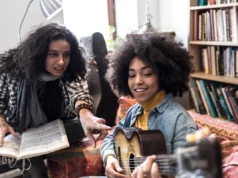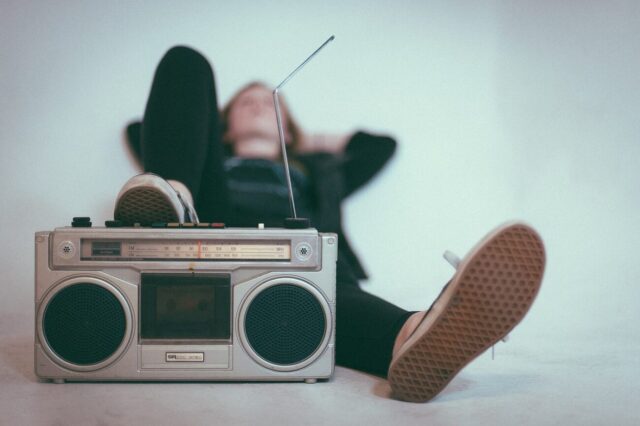
Music has a magical ability to whisk us away to different times and places. Whether it’s a song from your high school prom or a melody that reminds you of a first date, music and nostalgia are intricately intertwined in the fabric of our lives.
In this exploration, we delve into how these elements influence our technology-driven, health-conscious lifestyles today. From vinyl records to the latest streaming technologies, let’s explore how music not only reflects our past but also shapes our future.
The Neuroscience of Nostalgia: Why Old Songs Trigger Deep Memories
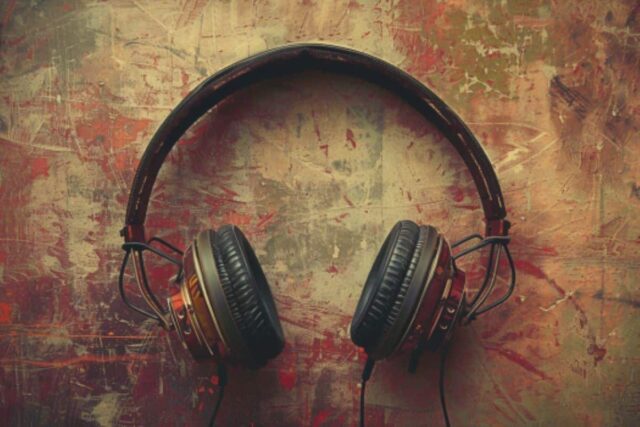
The brain’s relationship with music is as complex as it is fascinating. When you hear an old song, specific areas of your brain light up, not just those associated with auditory processing but also those linked to emotional and memory centers.
This reaction explains why hearing certain songs can suddenly evoke vivid memories or emotions. This connection isn’t just a trivial flashback; it’s a deep, neurological pathway that music uniquely stimulates, acting almost like a time machine transporting us back to moments laden with emotions and sensations.
Riding the Waves of Retro: Music Trends Growing in Popularity
As we see different music trends growing in popularity, there is a noticeable shift towards retro and nostalgia-driven content. Streaming services and radio stations have tapped into this, curating playlists that are essentially sonic time capsules. This trend extends beyond mere listening habits given that it influences which artists and genres gain popularity.
New artists often produce tracks that have a distinctly retro sound, appealing to both new listeners and those yearning for yesterday. This resurgence is not just about reliving the past but creating a new layer of experiences grounded in the familiar comfort of old beats.
The Vinyl Revival: Custom Vinyl Record Pressing and the Allure of Analog
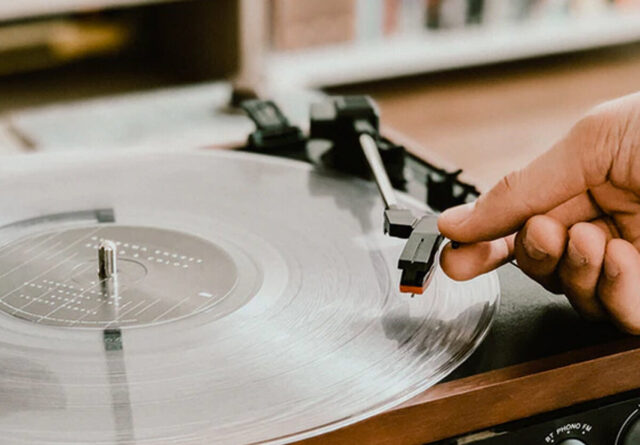
The warm crackle of a needle dropping on vinyl isn’t just a sound; it’s an experience. This tactile aspect of music listening has spurred a significant trend in custom vinyl record pressing. Enthusiasts and new fans alike are flocking to companies that offer personalized vinyl records, allowing them to curate collections that are as much a visual and physical delight as they are an auditory one.
The appeal goes beyond aesthetics; it’s about ownership and the physical interaction with music. In a digital age where streaming is king, vinyl is a more tangible connection to the music, making each album a cherished possession rather than just another item on a playlist. This return to vinyl is not just a nod to the past; it’s a celebration of the enduring value and beauty of analog sound in a digital world.
The Comfort of Familiar Tunes: How Nostalgia Promotes Well-Being
Listening to music from our past can serve as a comforting blanket of sound. This sense of comfort is more than just emotional. These sounds have tangible health benefits. Studies suggest that nostalgic music can decrease feelings of anxiety and reduce depression while increasing feelings of social connectedness and support.
In a world that often feels chaotic and isolated, turning back the musical clock can be a therapeutic escape, providing solace and a sense of community and continuity. It’s no surprise then that playlists from decades past are not just favorites for casual listening but are also used in therapeutic settings to help individuals reconnect with their happier times and selves.
The Social Media Soundtrack: Creating Connections Through Shared Playlists
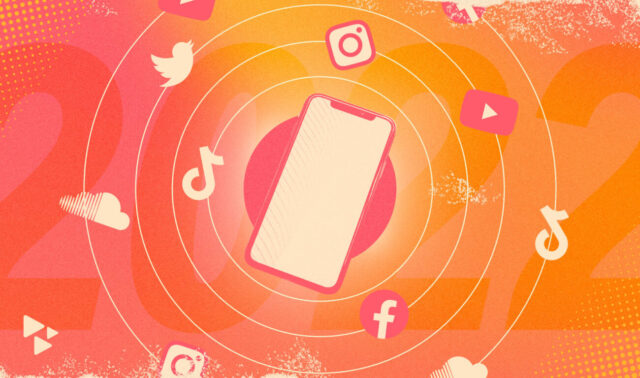
Social media platforms have continued to transform how we share and discover music. Shared playlists are now a form of social communication, connecting people across the globe with similar musical tastes and nostalgic leanings.
These digital mixtapes provide a means for storytelling and memory-sharing, with each song acting as a chapter in a larger narrative of personal and collective histories. As friends and strangers share these playlists, they foster a unique form of connectivity that transcends traditional boundaries, making music a powerful tool for building bridges between diverse communities.
The Psychology of Music Collecting: From Vinyl to Digital Libraries
The act of collecting music, whether vinyl records, CDs, or digital tracks, taps into a deeper psychological drive for preservation and collection. This drive is particularly pronounced in music collectors, who not only seek to preserve the music itself but also the memories and emotions associated with it.
Digital libraries offer the convenience of storing thousands of songs, but they lack the tactile satisfaction that physical collections provide. However, the essence of collecting remains the same: it is about creating a personal archive that captures the soundtrack of one’s life.
Collectors often recount stories where each piece of their collection marks a significant life event or period, illustrating how deeply intertwined music is with personal history and nostalgia.
The Renaissance of Radio: Why Broadcasts Still Matter
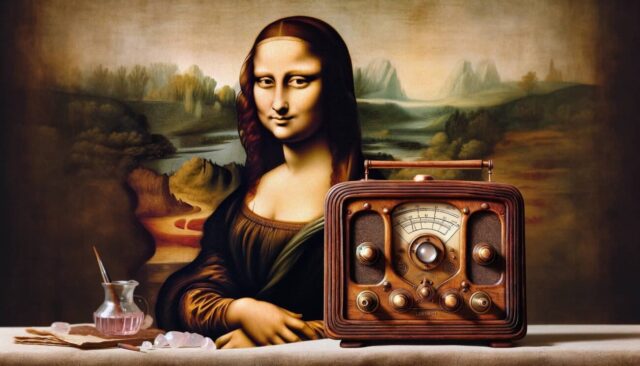
The radio remains a vital player in the nostalgia music scene. Radio broadcasts provide a unique communal listening experience that streaming services can’t replicate. Many stations have dedicated throwback hours or stations entirely focused on retro music, creating shared moments for listeners who tune in simultaneously.
This collective experience of reliving the hits of past decades can reinforce a communal identity and evoke a shared nostalgia that strengthens the listener’s connection to their community and personal history.
Soundtracks of Our Lives: Music in Movies and TV Shows
Films and TV shows have a profound impact on music nostalgia, often reintroducing old hits to new generations and evoking nostalgia for the times portrayed on screen. A well-chosen song can transport audiences back to a specific era, enriching the narrative with an authentic sensory experience.
This interplay between visual media and music not only revives interest in older music but also solidifies its role in cultural memory. For many, these songs become forever linked to the scenes they accompany, illustrating how media can weave music into the fabric of our cultural consciousness.
The Future of Music Nostalgia: Trends to Watch
As technology continues to advance, the ways we experience and revisit nostalgic music are evolving. Innovations that include virtual reality and augmented reality are beginning to allow listeners to experience concerts from the past as if they were there, offering a new layer of immersion in nostalgic experiences.

